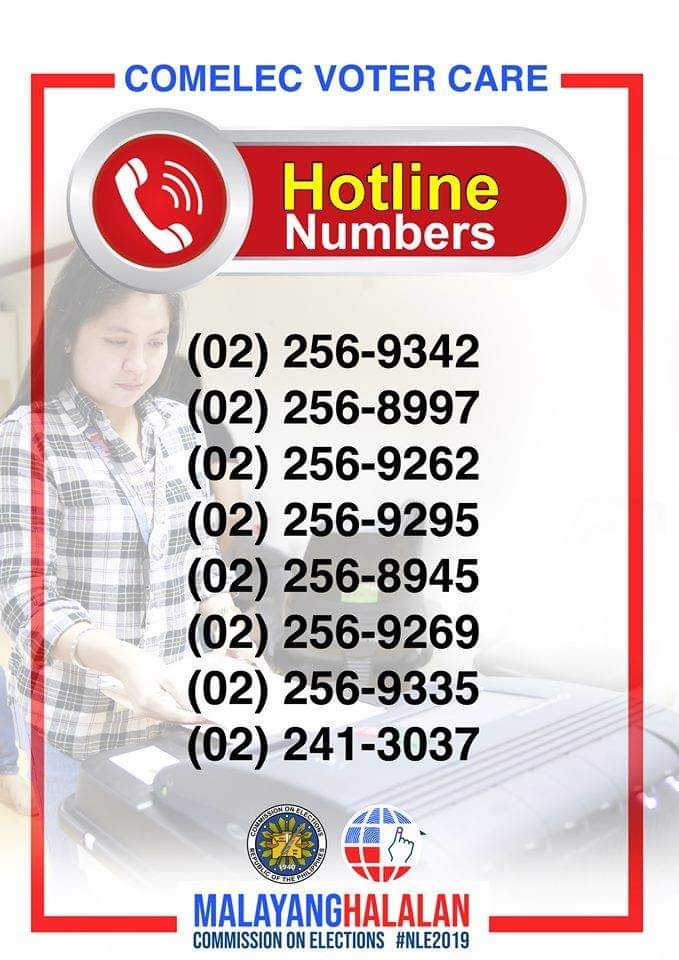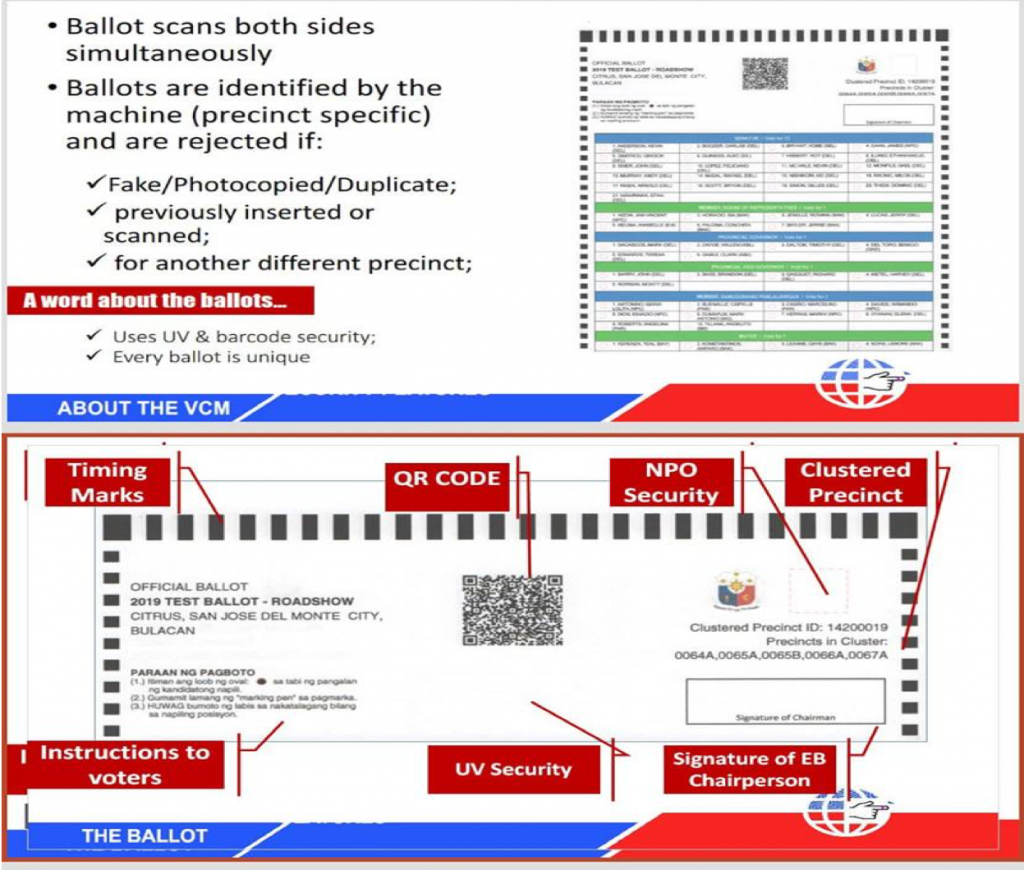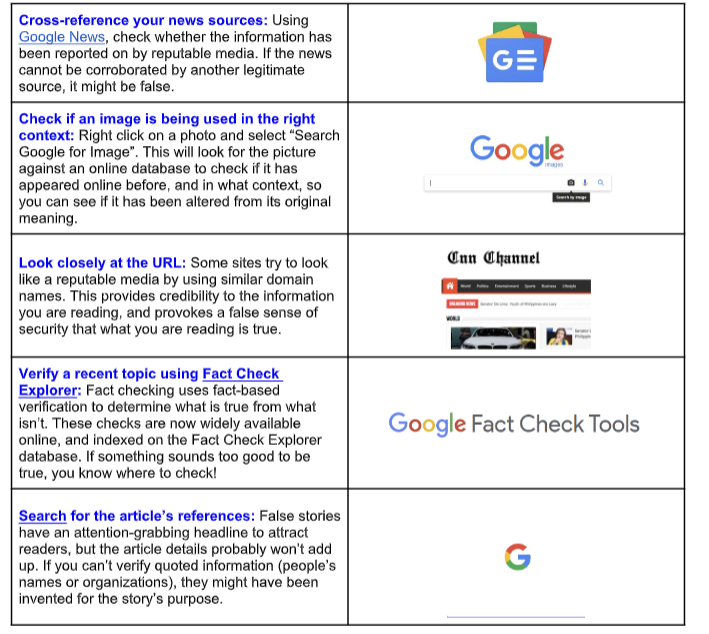Get out and vote!
We must not just vote. We must use all our powers as social media users to encourage others to vote and to guard the vote.
Today, familiarize the look of your ballot by trying out the template (http://www.comelec.gov.ph/?r=2019NLE/BallotFaceTemplates) of your district for the National and Local Elections (NLE) on May 13, 2019. The template at the Commission on Elections (Comelec) website displays the names of candidates aspiring for a seat in the Senate and House of Representatives, party-list groups, and local government candidates of your district. Complete the list of candidates you would vote for. Base your choice for local government candidates and the party list on platforms for the marginalized sector and not just on their desire for political power. Vote for an independent Senate who could say “No, Mr. President” to issues such as Charter Change that will allow Chinese state and enterprises and other foreigners to own our land and control industries. We need people who would never sell our beloved country and who would defend our territories and marine resources. The website, iboto.ph lists the more progressive Senate candidates.
You could search for your precinct online at the Comelec Precinct finder . If the online site is down, an alternative way of knowing your precinct number beforehand is to visit your identified school or voting center and go through the list of registered voters posted there.
On the day of the election, bring a valid identification card along with a list of your chosen candidates. Voting starts 6 a.m. until 6 p.m. Voters can look for their name at the Posted Computerized Voters List (PCVL) near the door of the voting center to determine their precinct number and sequence number. The voter will provide this information to the Bureau of Election Inspector (BEI).
What changed from the past three automated elections? Comelec Resolution10522 lists 14 areas for the pilot testing of the Voters’ Registration Verification Machine (VRVM). The VRVMs make use of live fingerprint scanning technology to go through a voter’s identity and if registered in a certain precinct. The scanning technology replaces the Comelec old system, where election inspectors check out the voters’ names on a list of registered voters. Once verified by the VRVM, it would print a verification receipt out. Poll clerks would issue a receipt, in order for you to get a ballot, ballot secrecy folder and a marking pen from the chairman of the BEI.
Each ballot has a unique QR (Quick Response) code. A video circulating last week on a pre-shaded ballot is false. Comelec clarified that UV marks were not added on any oval of the official ballots and even if there were, the VCM would not read them.
No need to bring a pen since precincts have their own marking pens. Voters need to shade the circle beside the name of the candidate of their choice. The shading threshold is 25 percent, meaning that vote counting machines (VCM) would only count the vote if the voter shaded a quarter of the oval.
Remember, you can abstain or vote less than the maximum number of candidates listed beside each position. Voting over the maximum number could invalidate your vote. Every voter receives only ONE ballot. BEI would give no replacement ballots to voters who make a mistake. You can feed the ballot into the machine any way you want. If the receipt doesn’t match what you remember of your vote, you could lodge a complaint before the BEI.
You could help cover the conduct of the elections in your respective precincts. Join election monitoring through the non-partisan poll watchdog, Kontra Daya (Against Fraud). BlogWatch (blogwatch.tv), including myself, have collaborated with Kontra Daya (kontradaya. org) since the 2010 elections with the focus on Grassroots Engagement and Election Monitoring. While taking photos inside the precincts is prohibited by law, one can use mobile phones discreetly to capture vote-buying, illegal campaigning and similar incidents. One could report incidents on vote-buying, harassment, illegal campaigning, malfunctioning VCM and Voters’ Registration Verification Machine Procedure Complaint. Reports must include: time of incident, location (Polling Center, Municipality, and Province), a detailed report, and photo (if sent online).
Hotline number is 09184058441. Netizens need to use hashtags #KontraDaya and #VoteReportPH and tag Kontra Daya online through facebook.com/kontra.daya and twitter.com/kontradaya. One can also email [email protected] or tag me at @momblogger on twitter with #juanvote hashtag.
Do your part to keep our elections clean by educating yourself about the voting process and keeping an eye out for any suspicious activity. Get to the polls tomorrow and vote for an independent senate.

You can also communicate with Comelec through their social media network https://www.facebook.com/RadyoComelec/ and https://twitter.com/radyocomelec. For Voters’ education, please visit blogwatch.tv.
First published at Sunday Business & IT, May 12, 2019





